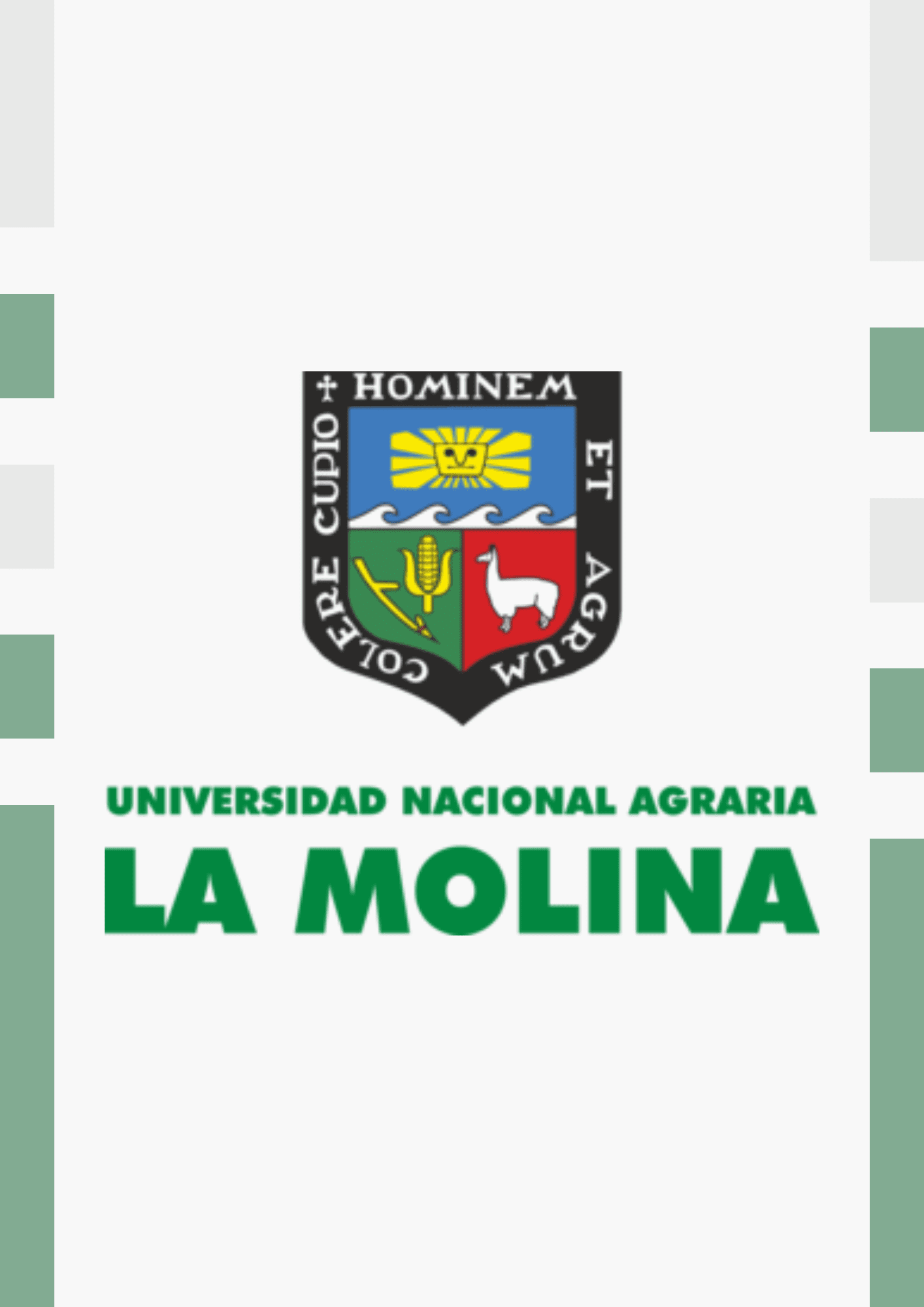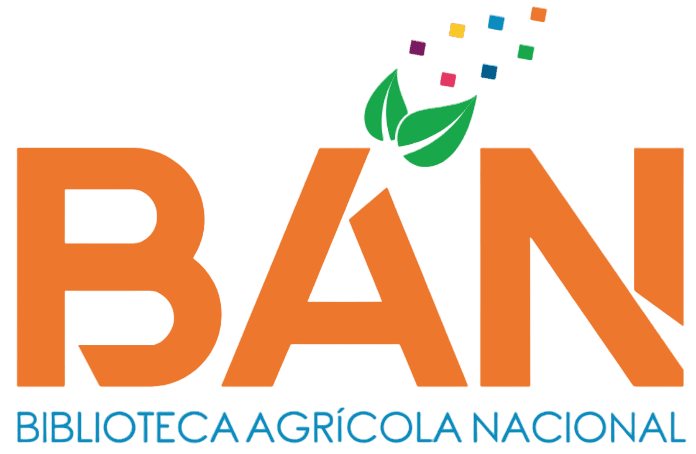Respuesta al estrés hídrico de cuatro variedades de frijol común (Phaseolus vulgaris L.) en La Molina
| dc.contributor.advisor | Tobaru Hamada, Jorge | |
| dc.contributor.author | Huamán Luque, Marjori Sofía | |
| dc.date.accessioned | 2024-12-03T22:20:45Z | |
| dc.date.available | 2024-12-03T22:20:45Z | |
| dc.date.issued | 2024 | |
| dc.description | Universidad Nacional Agraria La Molina. Facultad de Agronomía. Departamento Académico de Fitotecnia | |
| dc.description.abstract | Gran parte de la costa del Perú está siendo afectada por problemas de sequía, ocasionando disminución en los rendimientos de los cultivos como es el caso del frijol común porque es sensible en el estadio reproductivo. En consecuencia, el pequeño productor deberá adaptar sus agroecosistemas a patrones climáticos variables e inestables. La investigación buscó determinar el desempeño agronómico de cuatro variedades de frijol común: Costacen, Camanejo, CIFAC y Canario 2000, bajo diferentes niveles de estrés hídrico en condiciones de La Molina, comparando el contenido de clorofila, biomasa y altura de planta, índice de área foliar, rendimiento de grano y sus componentes; e identificar las variedades de frijol común más adaptados a estas condiciones. El diseño experimental utilizado fue el de parcelas divididas, siendo el factor lamina de riego como parcela y variedad de frijol canario como subparcela, con cuatro repeticiones. No se encontró diferencias estadísticas entre niveles de lámina de riego; a excepción en el peso de 100 semillas, con menores valores al incrementar estrés hídrico, pero mejor que el testigo. Mientras que la variedad pudo ser determinante en la altura y biomasa de planta, el hábito de crecimiento indeterminado con mejor plasticidad desarrollada y adaptación bajo condiciones de estrés hídrico, favoreciendo la expresión potencial del rendimiento. La variedad con mayor rendimiento a una menor lámina de riego fue CIFAC, dado al buen número de vainas por planta e índice de cosecha, considerándolos importantes componentes en adquirir mecanismos fisiológicos de removilización de asimilados. Además, de considerar semillas pequeñas para la obtención de un mayor número de semilla y vainas por unidad de área, y por ende rendimiento. | |
| dc.description.abstract | Much of the coast of Peru has being affected by drought with a decrease in crop yield such as common bean, which is sensitive in the reproductive stage. Consequently, small producers must adapt their agroecosystems to variable and unstable climate patterns. The research sought to determine the agronomic performance of four varieties of common bean: Costacen, Camanejo, CIFAC and Canario 2000, under different levels of water stress in conditions of La Molina, comparing chlorophyll content, plant biomass and height, leaf area index; yield and its components; and identify the most adapted variety to these conditions. A split plot design was conducted, being the levels of water stress as plot, and varieties of common bean as subplot, with four repetitions. There was not enough evidence of differences between irrigation levels; except of the weight of 100 seeds, with lower values as water stress increased, but greater than the control. While in variety could be a determinate factor in plant height and biomass, the indeterminate growth habit with better developed plasticity and adaptation under water stress, favoring the potential expression of yield. The variety with the greatest yield under the lowest irrigation level was CIFAC, with a good number of pods per plant and harvest index, as important components to acquiring physiological mechanisms for remobilizing assimilates. In addition, it was considered small seeds for a greater number of seeds and pods per unit area, and therefore yield. | |
| dc.format | application/pdf | |
| dc.identifier.uri | https://hdl.handle.net/20.500.12996/6822 | |
| dc.language.iso | spa | |
| dc.publisher | Universidad Nacional Agraria La Molina | |
| dc.publisher.country | PE | |
| dc.rights | info:eu-repo/semantics/openAccess | |
| dc.rights.uri | https://creativecommons.org/licenses/by-nc-nd/4.0/ | |
| dc.subject | Frijoles volubles | |
| dc.subject.ocde | https://purl.org/pe-repo/ocde/ford#4.01.06 | |
| dc.title | Respuesta al estrés hídrico de cuatro variedades de frijol común (Phaseolus vulgaris L.) en La Molina | |
| dc.type | info:eu-repo/semantics/bachelorThesis | |
| dc.type.version | info:eu-repo/semantics/publishedVersion | |
| renati.advisor.dni | 09860955 | |
| renati.advisor.orcid | https://orcid.org/0000-0003-1350-1640 | |
| renati.author.dni | 72200684 | |
| renati.discipline | 811036 | |
| renati.juror | La Torre Martínez, Braulio | |
| renati.juror | Huaringa Joaquín, Amelia Wite | |
| renati.juror | Huanuqueño Coca, Elías Hugo | |
| renati.level | https://purl.org/pe-repo/renati/level#tituloProfesional | |
| renati.type | https://purl.org/pe-repo/renati/type#tesis | |
| thesis.degree.discipline | Agronomía | |
| thesis.degree.grantor | Universidad Nacional Agraria La Molina. Facultad de Agronomía | |
| thesis.degree.name | Ingeniero Agrónomo |
Files
Original bundle
1 - 3 of 3
Loading...
- Name:
- human-luque-marjori-sofia.pdf
- Size:
- 1.42 MB
- Format:
- Adobe Portable Document Format
- Description:
- Texto completo

- Name:
- IO-163-2024-HUAMAN.pdf
- Size:
- 3.99 MB
- Format:
- Adobe Portable Document Format
- Description:
- Informe originalidad

- Name:
- ban-HUAMAN.pdf
- Size:
- 4.7 MB
- Format:
- Adobe Portable Document Format
- Description:
- Autorización
License bundle
1 - 1 of 1

- Name:
- license.txt
- Size:
- 1.63 KB
- Format:
- Item-specific license agreed upon to submission
- Description:

